1973 Holden Cub Concept
- Story Cars
.png/v1/fill/w_320,h_320/file.jpg)
- Jan 24
- 1 min read

The Holden Cub Concept, created in 1973, was an ambitious design project aimed at redefining the concept of a city car. Developed as a full-sized mock-up at Holden’s Port Melbourne design studio, under the guidance of Phillip Zmood, the Cub was a symmetrical city car designed to stand out in terms of both utility and style. The design featured a compact, efficient layout ideal for urban environments, showcasing Holden's forward-thinking approach to future mobility.
The concept was unique not only for its symmetry but also for the variety of potential applications that were explored. On the walls surrounding the car in the studio were drawings that depicted various versions of the Cub, including a van, a convertible, a ute (pick-up), and even a racing variant. These designs highlighted the versatility of the concept, suggesting that the Cub could evolve to suit different needs beyond just a basic city car.
Although the Holden Cub never made it to production, it remains an interesting footnote in automotive history, representing a time when car manufacturers were pushing the boundaries of design and considering multiple variants to meet diverse market demands. The concept was ahead of its time, offering a glimpse into the future of compact, practical vehicles that could cater to different lifestyles.

































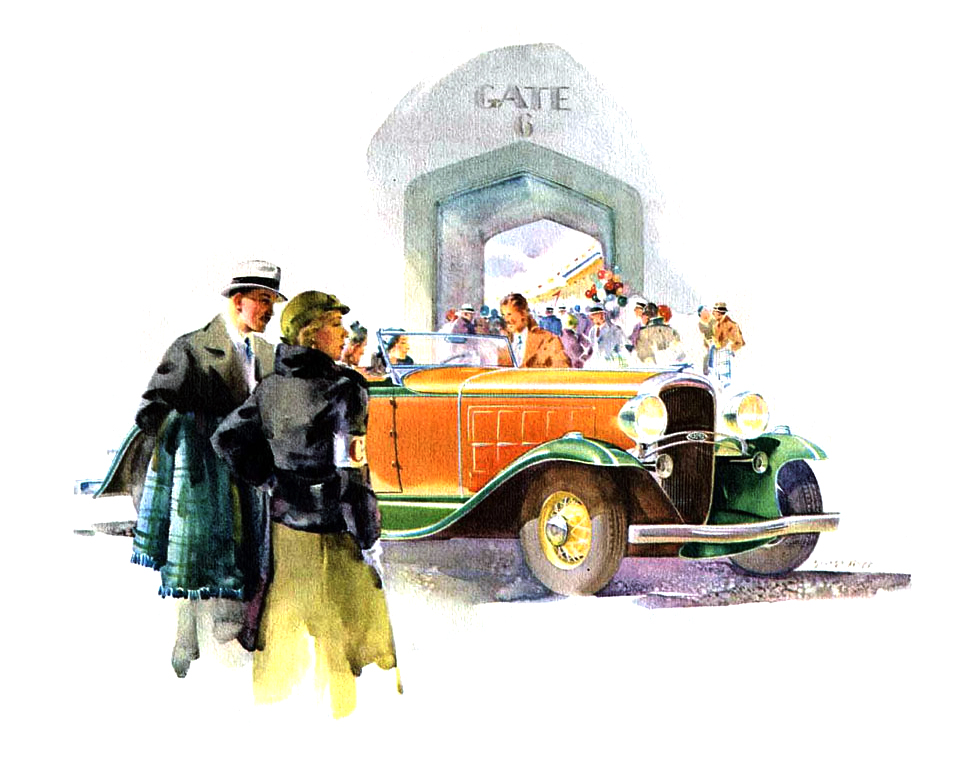
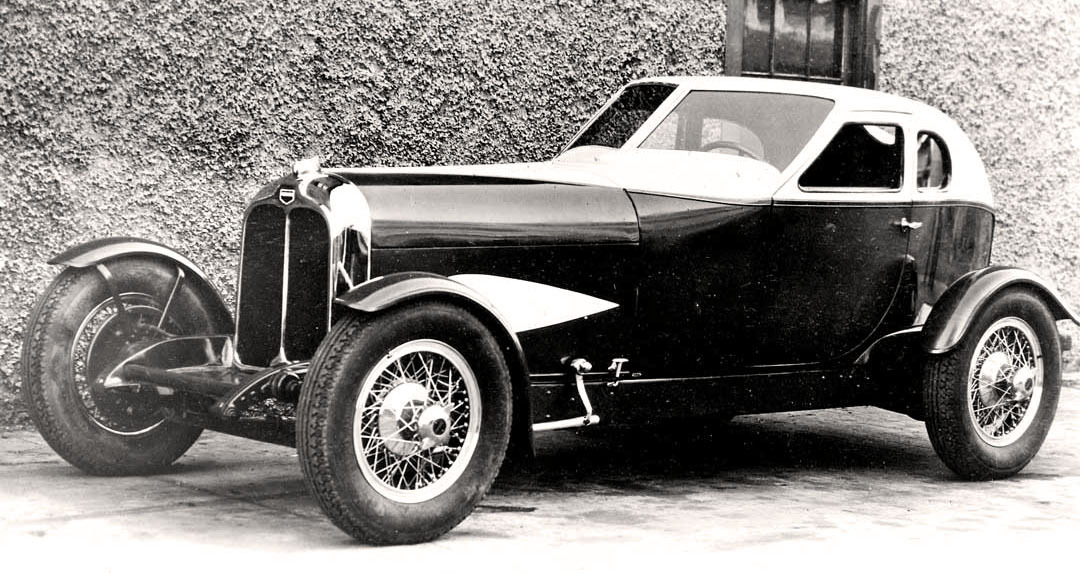
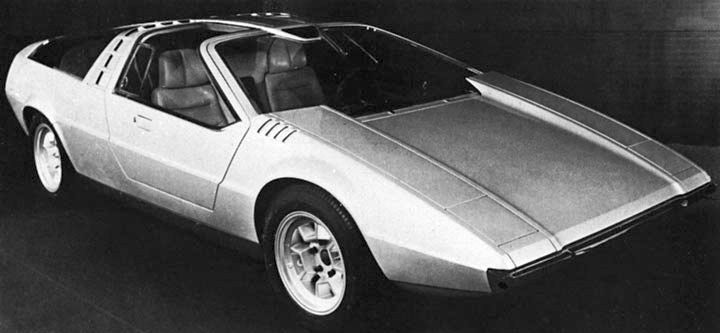






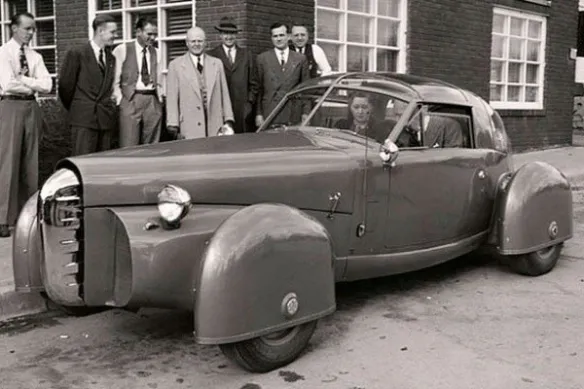



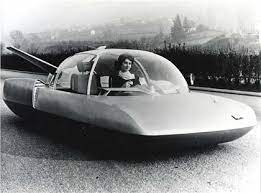

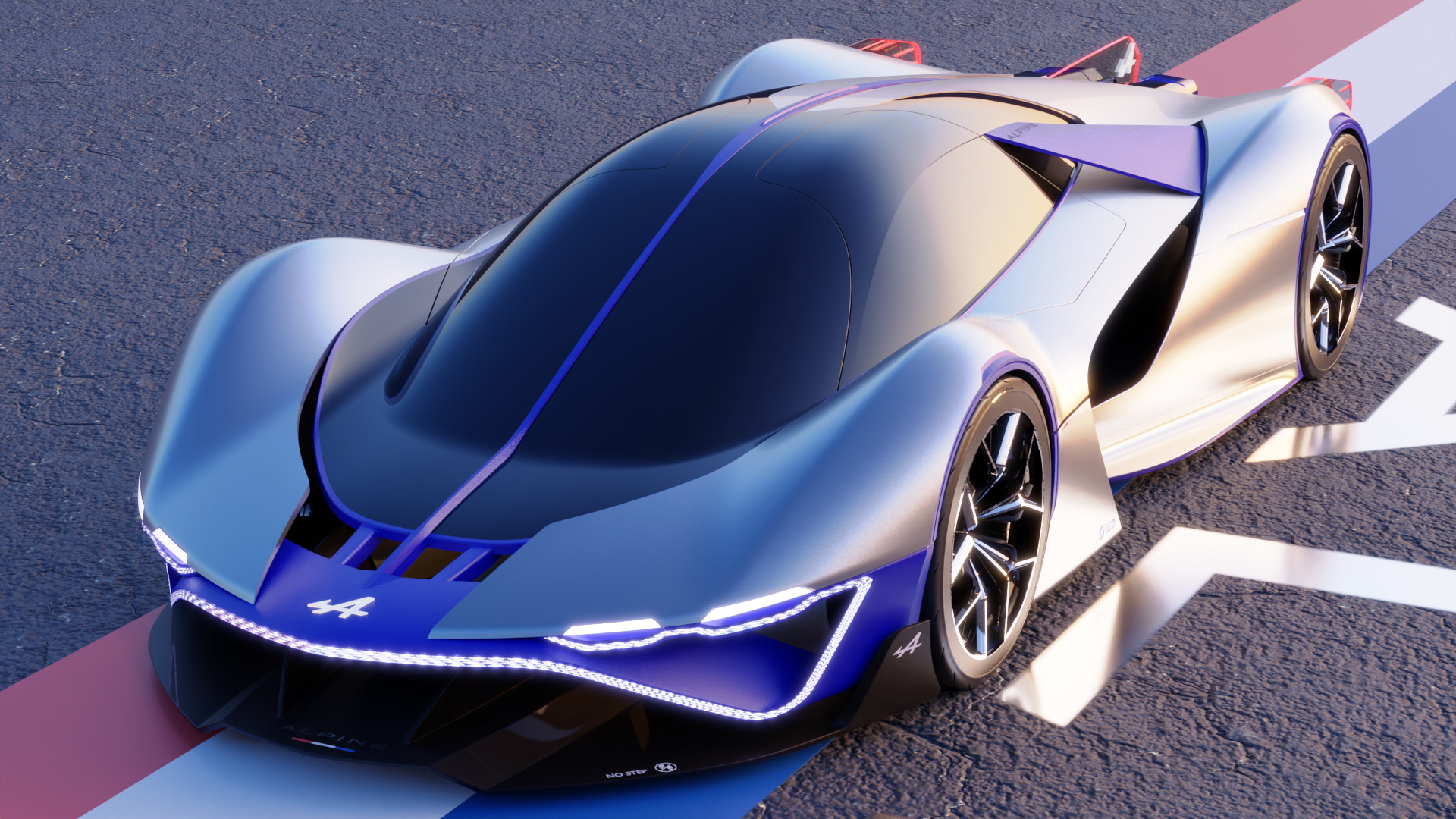
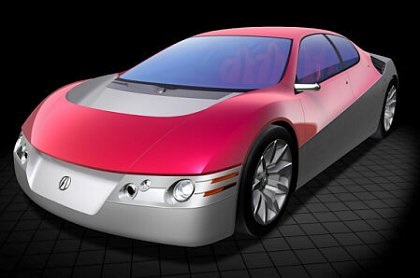

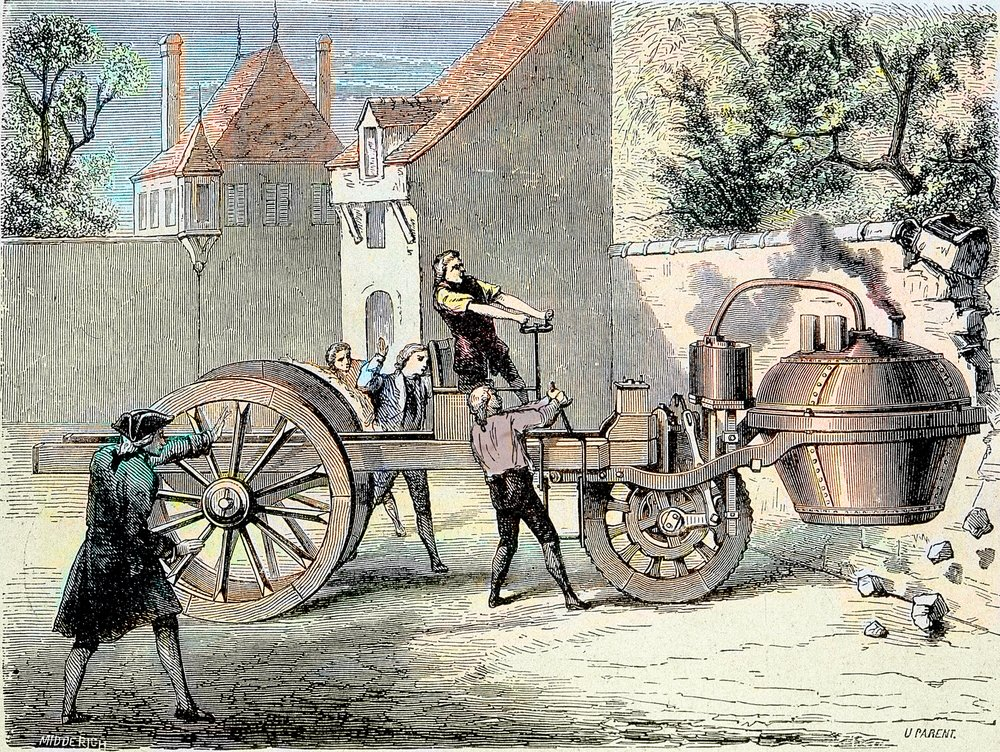
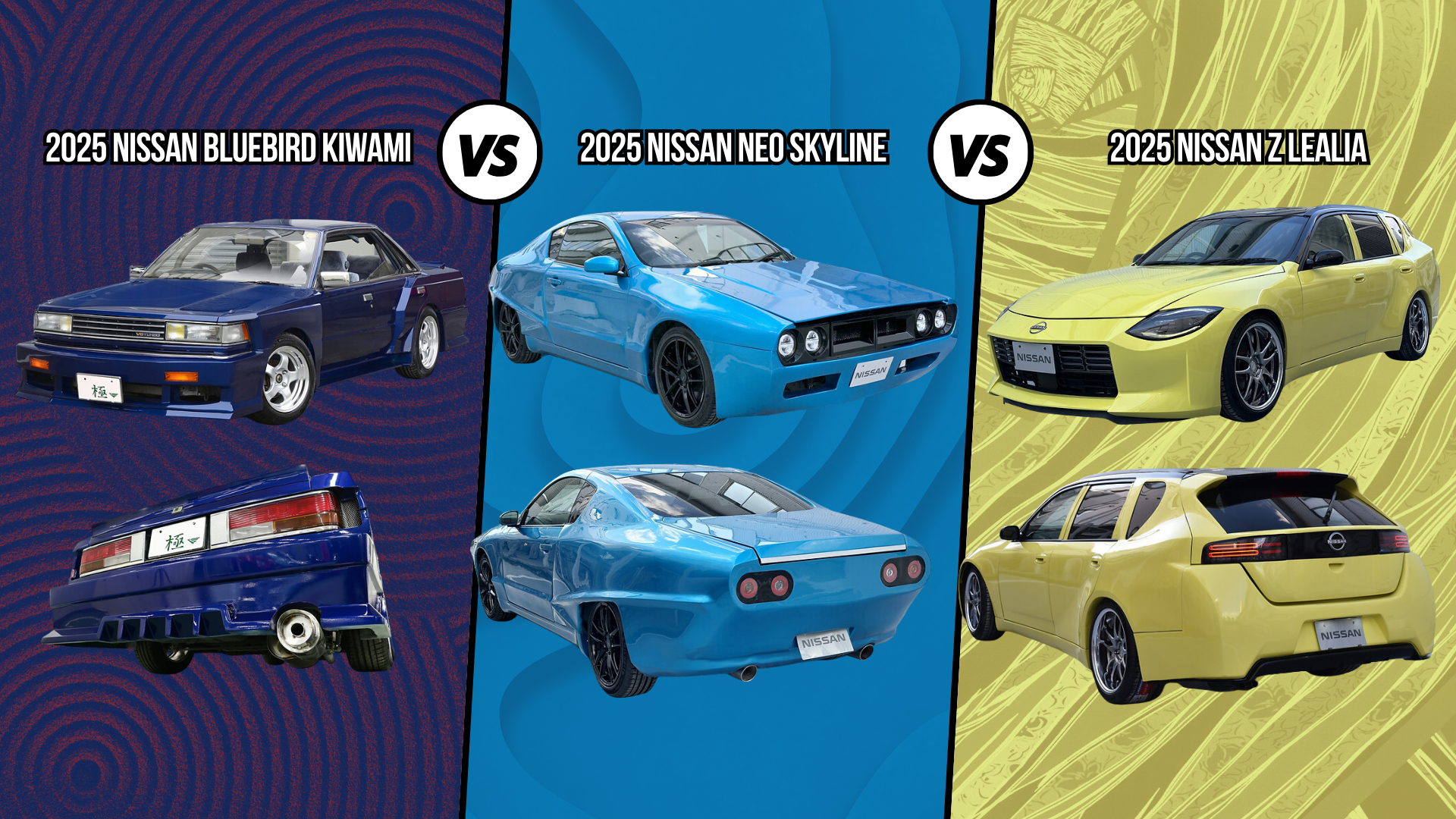
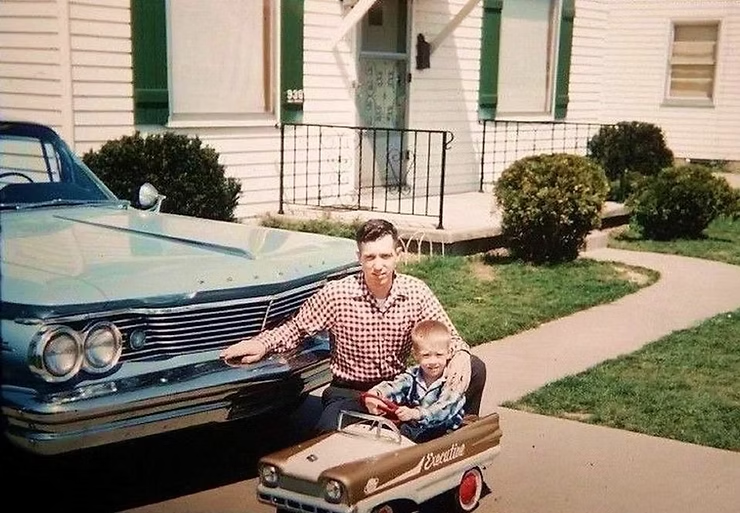
Comentários